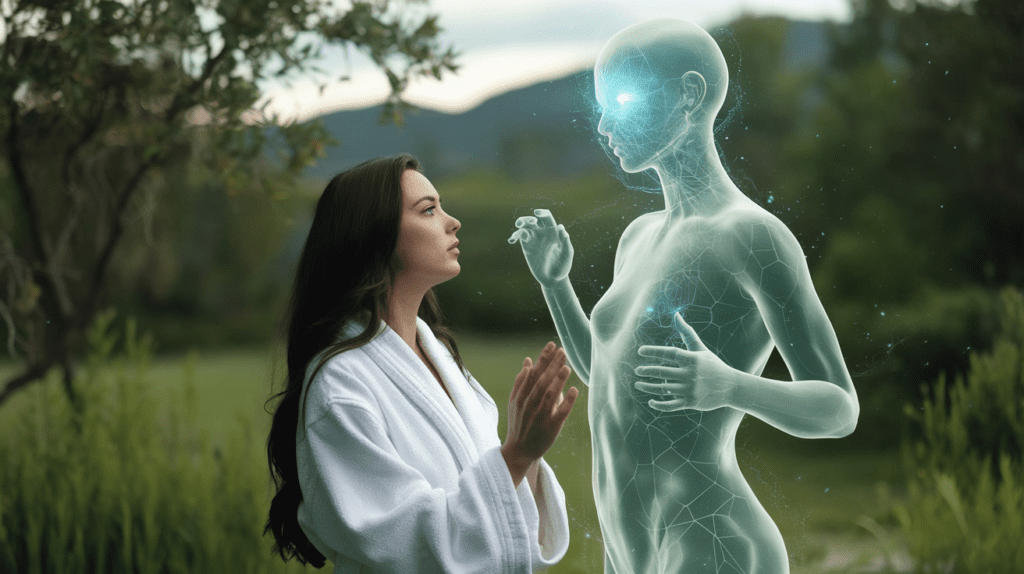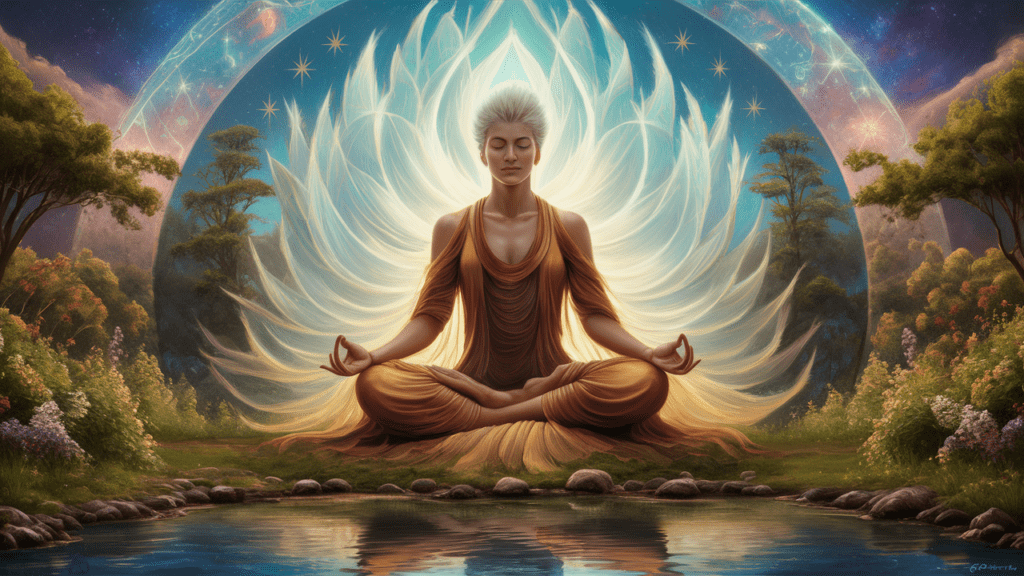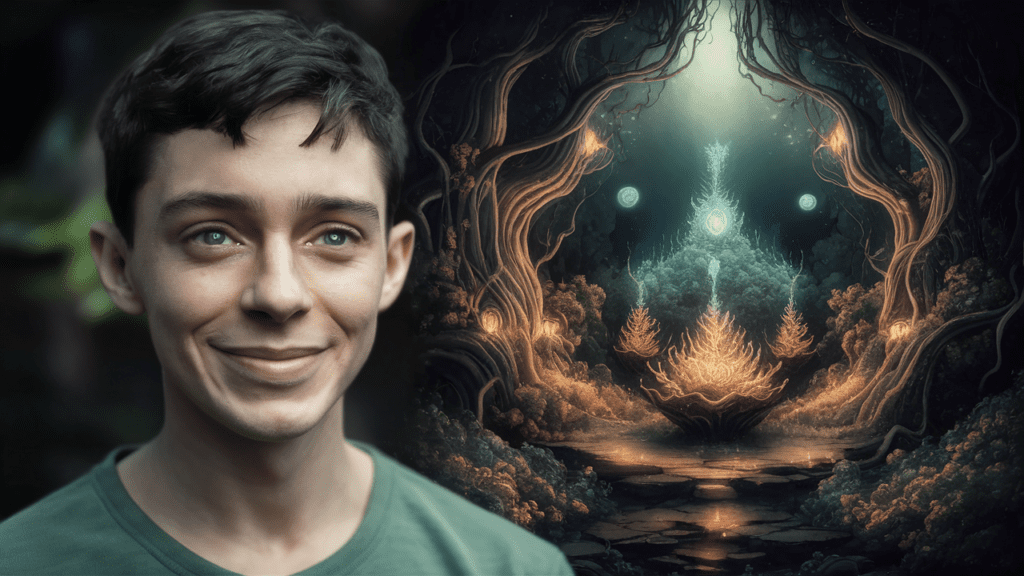In today’s world, the term “spirituality” has become a popular buzzword, often associated with practices like yoga, meditation, and the pursuit of peace and positivity. Many individuals proudly label themselves as “spiritual” because they engage in activities that promote mindfulness and self-improvement. However, there is a deeper, more complex understanding of spirituality that goes beyond these surface-level practices. True spirituality involves a profound connection with one’s own spirit, the acknowledgment of the spiritual nature of all things—including negative entities—and the capacity to engage with the full spectrum of spiritual realities, not just those that align with our desires or beliefs.

The Essence of Spirituality
At its core, spirituality is the recognition and experience of the spirit within oneself and in all things. It involves the awareness that we are not just physical beings but spiritual entities living in a material world. This understanding expands beyond just positive or uplifting experiences; it includes an acknowledgment of the darker, more challenging aspects of existence.
Spirituality vs. Religion:
- Religion is often seen as a set of structured beliefs and practices based on the spiritual experiences of others. These beliefs are typically codified in sacred texts and passed down through generations, providing a moral and ethical framework for followers. Religion often involves communal worship, rituals, and the guidance of spiritual leaders who interpret religious teachings.
- Spirituality, on the other hand, is a more personal journey. It is about discovering and experiencing one’s own spiritual truth. While religion can provide valuable tools and teachings, spirituality encourages individuals to seek direct, personal experiences with the divine or the spiritual realm. It’s about going within, consulting your own spirit, and understanding your unique purpose on Earth. Unlike religion, which can sometimes be rigid and dogmatic, spirituality is fluid and personal, allowing for individual interpretation and growth.
The Misconception of “Love and Light” Spirituality
In recent years, there has been a surge in what might be called “love and light” spirituality. This approach focuses exclusively on positive emotions, manifestations, and the avoidance of anything that feels negative or uncomfortable. Theosophy, an esoteric tradition that has influenced much of modern New Age thought, has covertly popularized this type of spirituality, which often leads to a tunnel vision that ignores the full spectrum of spiritual reality.
Ignoring Darkness Doesn’t Make It Disappear:
- A common misconception in “love and light” spirituality is the belief that by ignoring negative aspects of life, they will cease to exist. However, this is far from the truth. Everything that has a spirit is spiritual, including negative entities like demons. Spirituality does not mean only embracing the light; it also means confronting the darkness within and around us. It is through this confrontation and understanding that true spiritual growth occurs.
The Role of Negative Entities and Hierarchy in Spirituality
Spirituality encompasses the recognition of all spirits, both positive and negative. This includes entities that are often deemed “demonic” or malevolent. These entities operate within their own spiritual hierarchy and order, which is why judgment, labeling, and discernment are important in spiritual practice. Demonic forces often seek to impose hierarchy and control, and understanding this dynamic is crucial for navigating the spiritual realm.
Judgment as a Spiritual Act:
- Contrary to popular belief, being judgmental or discerning can be considered a spiritual act, especially when it comes to identifying and protecting oneself from negative influences. In the spiritual world, discerning between beneficial and harmful energies is essential for maintaining spiritual integrity and balance. Spirituality, therefore, involves not only the pursuit of higher consciousness but also the protection and preservation of one’s spiritual well-being.
True Spirituality: Connecting with Your Spirit
True spirituality is about more than just adopting practices like meditation or yoga; it’s about connecting deeply with your spirit and understanding your place within the larger spiritual matrix of existence. This connection allows you to consult your spirit and receive guidance on your path in life. It involves exploring your inner world, understanding your emotions, desires, and fears, and using this knowledge to navigate the external world.
Consulting Your Spirit:
- To truly be spiritual means to engage in practices that allow you to communicate with your own spirit. This might involve meditation, prayer, ritual, or other forms of inner work that help you tune into your higher self. It’s about listening to the wisdom of your spirit, which knows your true purpose and can guide you toward fulfilling it.
The Full Spectrum of Spiritual Experience
Being spiritual means embracing the full spectrum of spiritual experiences, from the ecstatic to the terrifying. It means acknowledging the existence of both light and darkness, understanding that both are necessary for spiritual growth. True spirituality is not about escaping the matrix of existence but about understanding it, navigating it, and transcending it through direct, personal experience with the divine.
Conclusion: Embracing True Spirituality
Spirituality is a complex and multifaceted journey that involves much more than just positive thinking or manifesting desires. It requires a deep connection with your spirit, an understanding of the spiritual nature of all things—including negative entities—and the courage to confront the darker aspects of existence. By embracing the full spectrum of spiritual experience, you can achieve true growth and fulfillment on your spiritual path.
For more thought-provoking insights and to join the conversation, follow us on Instagram and YouTube. Embrace the journey of higher consciousness and awaken to a new reality.
Discover deeper transformative practices in our book, “A Guide to Unmatrix Yourself,” now available on our website and Amazon. Visit A Guide to Unatrix Yourself for more details.


